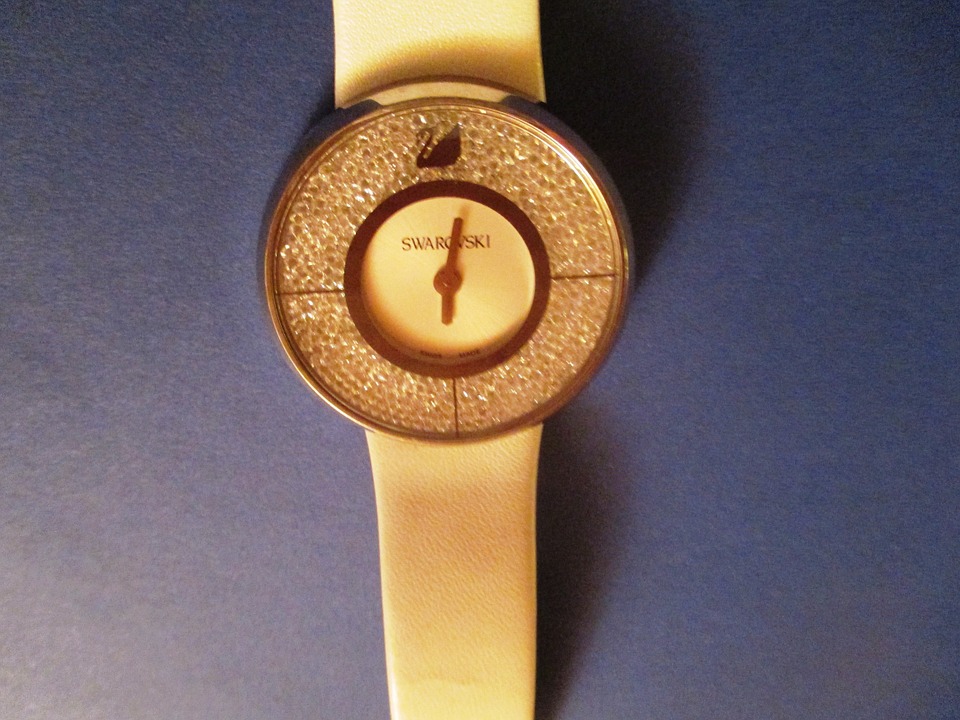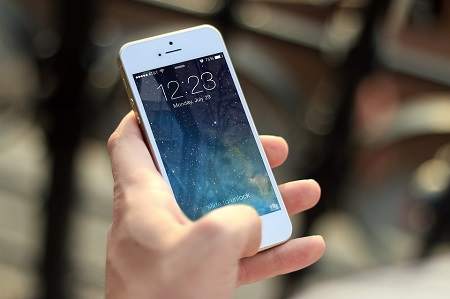Qualcomm and Google are getting together for an Android Wear device featuring the glittering crystals.
The next – or, more likely first – wearable technology you buy may be a Swarovski smartwatch. If the future Google and Qualcomm partnership is successfully designed, there may finally be a “smartwatch for her” that women actually like.
The majority of the details of this Swarovski crystal encrusted smartwatch will be released at Baselworld.
At the moment, not much has been shared about the Swarovski smartwatch. It’s assumed that the companies are hanging on to this information until the official unveiling this year at Switzerland’s Baselworld.
 That said, a teaser about the wearable technology was revealed at CES 2017 by Qualcomm and Swarovski. Despite the tiny number of details, it has drawn considerable attention.
That said, a teaser about the wearable technology was revealed at CES 2017 by Qualcomm and Swarovski. Despite the tiny number of details, it has drawn considerable attention.
This will be the first Swarovski smartwatch in the hopes of targeting the female market.
Swarovski has previously worked with Huawei and Misfit to create devices for women. For instance, its crystals can be found on the Huawei Watch Ladies. That said, this is the brand’s first actual smartwatch in which it has partnered, not just added sparkle to another company’s product.
While it’s known that the wearable tech will use a Qualcomm processor, it hasn’t yet been confirmed whether or not it will be in the form of Snapdragon 835. That version was only just recently announced. There have also been guesses about whether or not it will involve an updated version of the Wear 2100 and if it will be unveiled at the Mobile World Congress.
Android Wear 2.0 has, after all, just been released as the first major revamping of the wearable device operating system from Google. That tech giant is clearly making some new moves in the wearable technology market as very few devices were launched with Android Wear in 2016. Moreover, the smartwatch market as a whole isn’t just performing below expectations. It is actually on the decline.
Still, Google remains optimistic and is believed to have its own devices to launch along with Android Wear 2.0. This could mean that the Swarovski smartwatch may be far from the only wearable device using an Android Wear operating system this year. It has yet to be seen whether it will be powerful enough to change the direction of the wearables market as a whole.

 This will make it possible for European carriers to charge British travelers whatever they want for using phone, text and data services. At the moment, American travelers who don’t arrange for special data packages find themselves paying €10 per MB. This could soon be the case for people from the U.K., as well.
This will make it possible for European carriers to charge British travelers whatever they want for using phone, text and data services. At the moment, American travelers who don’t arrange for special data packages find themselves paying €10 per MB. This could soon be the case for people from the U.K., as well.